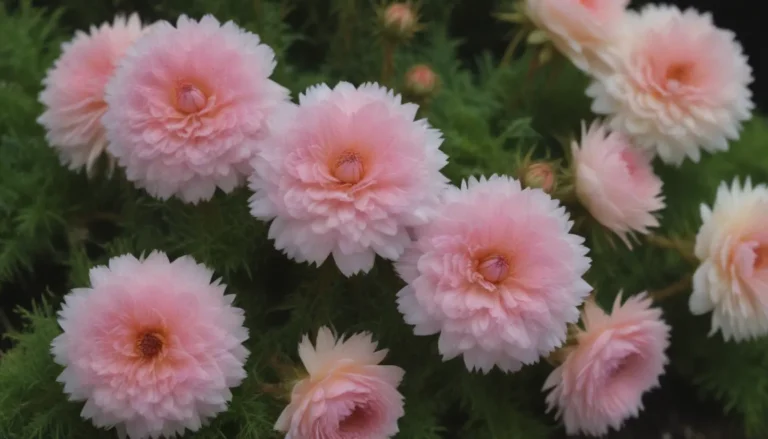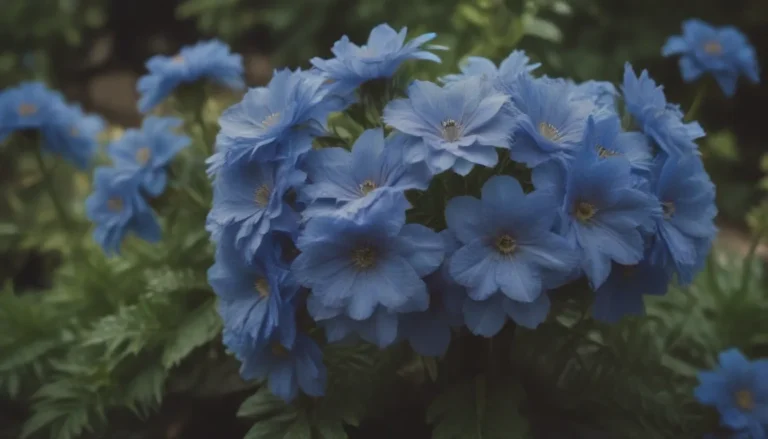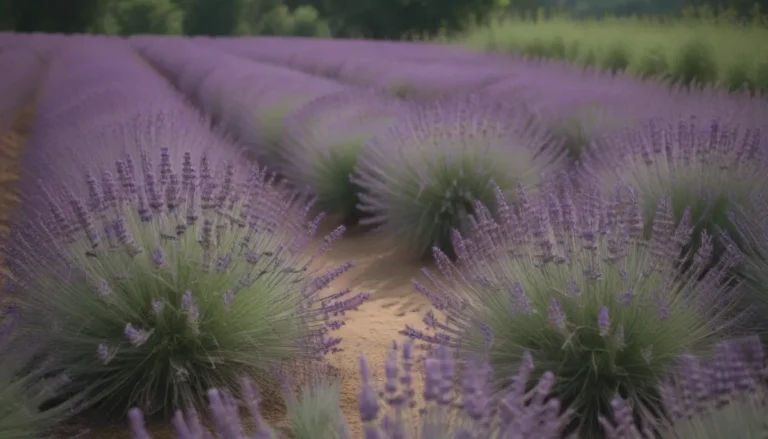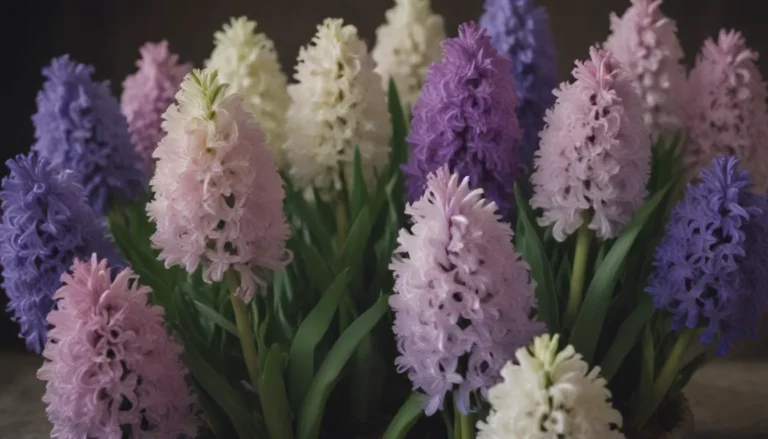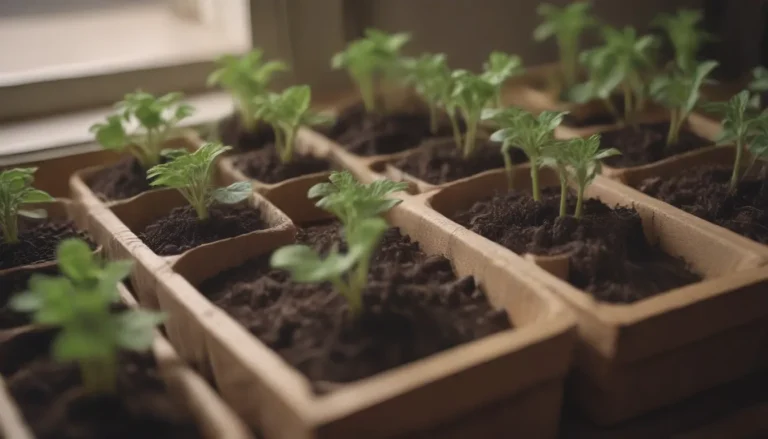Ultimate Guide to Growing and Caring for Japanese Quince
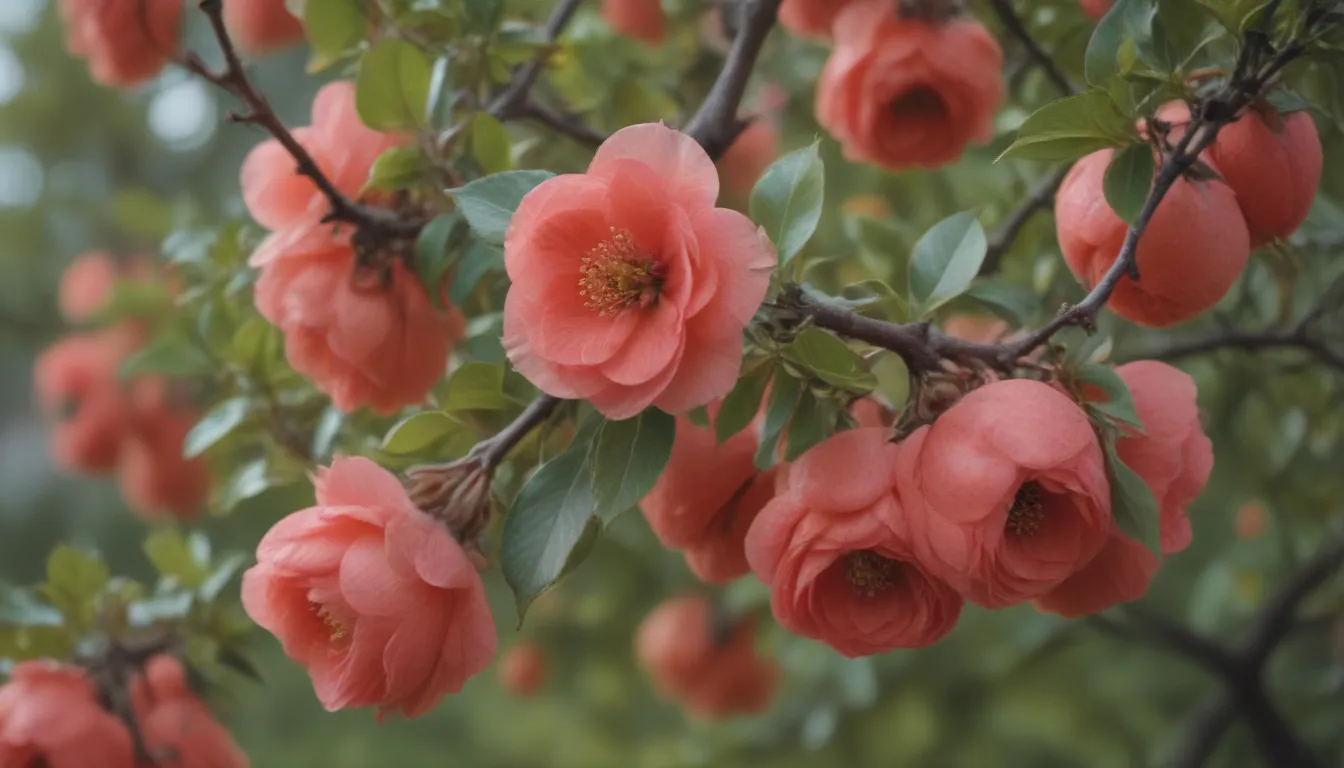
Japanese quince, also known as japonica, is a beautiful ornamental flowering shrub that adds charm and elegance to any garden or landscape. With its showy spring blossoms and tart yellow fruit, Japanese quince is a versatile plant that can also be grown as a bonsai. Whether you’re a seasoned gardener or a beginner looking to add some color and interest to your outdoor space, this comprehensive guide will help you care for and grow Japanese quince successfully.
Getting to Know Japanese Quince
Before diving into the care and maintenance of Japanese quince, let’s take a closer look at what makes this plant so special. Japanese quince belongs to the Chaenomeles genus and is known for its vibrant flowers and decorative fruits. Here are some key features of Japanese quince:
- Showy spring flowers with five petals and white stamens
- Tart yellow fruit, known as quince, that ripens in the fall
- Adaptable to various soil types
- Cold-hardy and able to tolerate a wide range of temperatures
- Attracts birds, bees, and butterflies with its fragrant flowers and fruit
Now that you have a better understanding of Japanese quince, let’s explore the essential care requirements for growing and maintaining this stunning shrub.
Japanese Quince Care Tips
Light
Japanese quince thrives in full sun but can tolerate partial shade. To ensure your plant produces the most blossoms, plant it in a sunny spot that receives ample sunlight throughout the day.
Soil
While Japanese quince is adaptable to various soil types, it prefers well-drained, loamy soil that is slightly acidic. Once established, the shrub can tolerate some dryness but benefits from regular watering to promote healthy growth.
Water
Provide your Japanese quince with 1 inch of water per week, either through rainfall or irrigation. The shrub is somewhat drought-resistant but should be watered regularly during dry periods to prevent stress.
Temperature and Humidity
Japanese quince can tolerate a wide range of temperatures and humidity levels. It is cold-hardy and can withstand temperatures down to -15 to -25 degrees Fahrenheit. Ensure your plant is protected during extreme weather conditions to promote its overall health and longevity.
Fertilizer
While not required, Japanese quince can benefit from an annual application of balanced fertilizer in early spring. Follow the product label instructions for the correct dosage to support healthy growth and blooming.
Types of Japanese Quince
Japanese quince comes in a variety of cultivars, each with its unique characteristics and features. Some popular types of Japanese quince include:
- Chaenomeles japonica ‘Atsuya Hamada’
- Chaenomeles japonica ‘Orange Delight’
- Chaenomeles japonica ‘Chojuraku’
Explore different cultivars to find the one that best suits your garden or landscape design.
Pruning Japanese Quince
Pruning is essential for maintaining the shape and health of your Japanese quince shrub. Here are some pruning tips to keep your plant looking its best:
- Avoid heavy pruning, as flowering occurs on old growth
- Prune side shoots to five or six leaves after spring blossoming
- Remove dead, diseased, or damaged branches promptly
- Avoid pruning during the flowering period to ensure healthy growth
Regular pruning will help your Japanese quince shrub thrive and produce abundant blooms year after year.
Propagating Japanese Quince
Japanese quince can be propagated from softwood cuttings taken during the growing season. Follow these steps to propagate your shrub successfully:
- Take softwood cuttings in June or July
- Plant the cuttings in well-drained soil
- Keep the soil moist and provide adequate sunlight for rooting
With proper care and attention, your cuttings will root and grow into healthy Japanese quince shrubs.
How to Grow Japanese Quince From Seed
Growing Japanese quince from seed is a rewarding experience that allows you to start your plants from scratch. Follow these steps to grow Japanese quince from seed successfully:
- Collect seeds from ripe fruits in the fall
- Place the seeds in a plastic bag with moistened peat moss
- Store the bag in the refrigerator for 3-4 months to stratify the seeds
- Plant the seeds in well-drained soil in the spring and keep them moist until germination
By following these steps, you can grow Japanese quince from seed and enjoy the beauty of this unique shrub in your garden.
Overwintering Japanese Quince
Protect your Japanese quince shrub during the winter months to ensure its survival and health. Here are some tips for overwintering your plant:
- Use a trunk covering to protect young shrubs from frost and pests
- Mulch the root zone of young Japanese quince shrubs in cold climates
- Ensure your plant is well-insulated and shielded from extreme weather conditions
By taking the necessary precautions, you can help your Japanese quince shrub thrive year-round.
Common Pests and Plant Diseases
Like any plant, Japanese quince is susceptible to pests and diseases that can affect its health and growth. Here are some common pests and diseases to watch out for:
- Aphids: Use a hard spray of water to eliminate light infestations
- Scale and mites: Treat infestations with insecticidal soaps or horticultural oils
- Fungal leaf spot: Prevent fungal infections by ensuring good air circulation and sunlight exposure
By monitoring your plant regularly and addressing any pest or disease issues promptly, you can keep your Japanese quince healthy and vibrant.
Enhancing Blooms on Japanese Quince
To encourage abundant blooms on your Japanese quince shrub, follow these tips:
- Plant in acidic or neutral soil for optimal blooming
- Ensure your plant receives full sun to promote flower production
- Cut branches with flower buds in winter for indoor forcing to enjoy blooms during the colder months
By creating the ideal growing conditions, you can maximize blooming on your Japanese quince shrub and enjoy its beautiful flowers throughout the year.
Common Problems With Japanese Quince
While Japanese quince is generally low-maintenance, it can encounter issues that may affect its growth and blooming. Here are some common problems to watch out for:
- No blooms: Damage to buds from frost or pruning may prevent blooming
- Yellowing leaves: Chlorosis can occur in alkaline soil; adjust pH with acidifying fertilizer or elemental sulfur
- Overwatering: Yellow, wilting leaves may indicate excess water; adjust watering practices for healthier growth
By addressing these issues promptly and providing proper care, you can help your Japanese quince shrub thrive and bloom beautifully year after year.
Japanese quince is a versatile and charming plant that adds beauty and interest to any garden or landscape. By following these care tips and guidelines, you can grow and maintain a healthy Japanese quince shrub that will delight you with its vibrant flowers and decorative fruit. Whether you’re a novice gardener or an experienced plant enthusiast, Japanese quince is a wonderful addition to any outdoor space. Enjoy the beauty and elegance of this unique shrub and watch it thrive under your care and attention.

